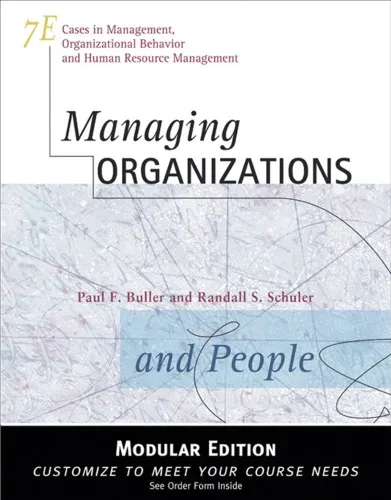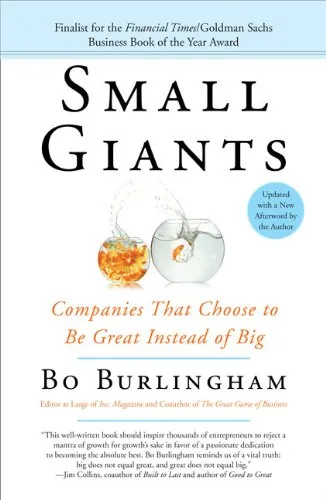Museum Volunteers: Good Practice in the Management of Volunteers (Heritage)
4.3
Reviews from our users

You Can Ask your questions from this book's AI after Login
Each download or ask from book AI costs 2 points. To earn more free points, please visit the Points Guide Page and complete some valuable actions.Related Refrences:
Introduction to 'Museum Volunteers: Good Practice in the Management of Volunteers (Heritage)'
Welcome to a detailed exploration of the dynamic and essential role that volunteers play in the world of museums and heritage institutions. This book serves as a comprehensive guide for administrators, curators, and anyone involved in the management of volunteer staff within the cultural sector.
Detailed Summary of the Book
Museum Volunteers: Good Practice in the Management of Volunteers (Heritage) is an insightful resource that highlights the invaluable contributions of volunteers within museums and heritage sites. The book underscores the importance of integrating volunteers in a way that enhances the visitor experience while supporting the institution's mission.
The book is divided into key sections that address the motivations behind volunteering, the benefits and challenges of managing a volunteer workforce, and strategies for recruitment, training, and retention. Each section is enriched with real-world case studies and testimonials from volunteers and managers, providing readers with practical examples of best practices in volunteer management.
One of the central themes is the need for a strategic approach to volunteer management, encouraging museums to view volunteers as integral to their operations. This involves recognizing their unique skills, fostering a supportive environment, and ensuring volunteers are adequately prepared to interact with the public and represent the institution effectively.
Key Takeaways
- Volunteers are key stakeholders in the success of museums and heritage sites, providing essential services and enriching the visitor experience.
- Effective volunteer management requires a structured approach that includes recruitment, training, support, and recognition.
- Understanding the motivations of volunteers can help in designing engaging and fulfilling roles that match their interests and skills.
- Communication is crucial in managing expectations and ensuring a harmonious volunteer-staff relationship.
- Implementing a feedback system encourages continual improvement and responsiveness to volunteers' needs.
Famous Quotes from the Book
"Volunteers are not merely a workforce; they are ambassadors of goodwill, bringing their passion for heritage to the forefront of visitor engagement."
"A museum that nurtures its volunteers not only enhances its operations but also enriches its community ties."
Why This Book Matters
The significance of 'Museum Volunteers: Good Practice in the Management of Volunteers (Heritage)' lies in its holistic approach to understanding and leveraging the potential of volunteers in the museum sector. In an era where funding and staffing can be challenging for many cultural institutions, volunteers often represent a lifeline, bringing enthusiasm, expertise, and energy to the table.
This book is vital for professionals seeking to optimize the contribution of volunteers while ensuring that they derive personal satisfaction from their roles. By promoting an atmosphere of mutual respect and shared purpose, museums can mobilize volunteers as a powerful resource in fulfilling their missions.
Ultimately, the book champions the idea that volunteers are not just support staff but vital partners in preserving cultural heritage and enhancing public understanding and appreciation of history, art, and science.
Free Direct Download
You Can Download this book after Login
Accessing books through legal platforms and public libraries not only supports the rights of authors and publishers but also contributes to the sustainability of reading culture. Before downloading, please take a moment to consider these options.
Find this book on other platforms:
WorldCat helps you find books in libraries worldwide.
See ratings, reviews, and discussions on Goodreads.
Find and buy rare or used books on AbeBooks.
1360
بازدید4.3
امتیاز0
نظر98%
رضایتReviews:
4.3
Based on 0 users review
Questions & Answers
Ask questions about this book or help others by answering
No questions yet. Be the first to ask!














